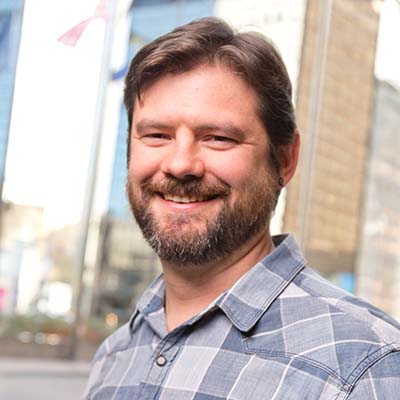
The hidden life of our used stuff
We spoke with Stacey Tenenbaum about her new documentary, “Scrap,” which explores the places where our once-beloved and useful things go to die
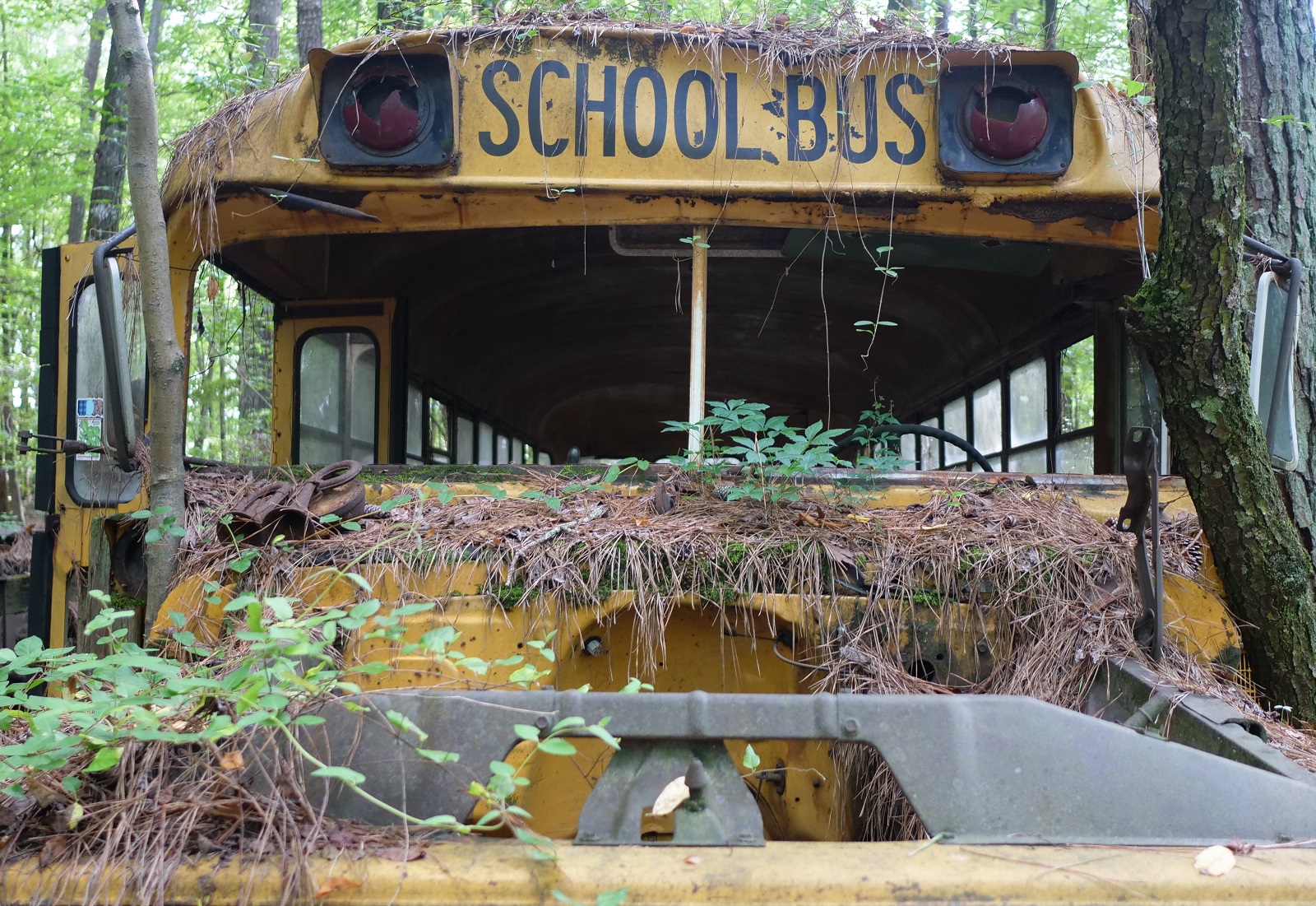
Throughout the lifetimes of most living Americans, we’ve dragged our trash to the curb, and it magically been taken “somewhere else.” You don’t really have to give any of it a second thought.
It’s no wonder that people overlook the messy, complicated and haunting world of unwanted things.
Three years ago, the documentary film producer Stacey Tenenbaum reached out to me about her new idea: To travel around the world and document some of the wildest graveyards for our stuff. I was immediately captivated by her vision.
As a campaigner for the Right to Repair, I often remind people that we can’t really escape the waste we generate or how much it costs the planet to make new products. Some of that waste will be with us for thousands of years, and the damage we are doing when we mine, smelt and ship all our stuff could be around for even longer. So, I sent Stacey a letter in support of the project, which she used to secure the funding to get started.
As Stacey gets ready to premiere her film, Scrap, in the U.S., I sat down (on Zoom) with her to talk about the film and how making it has changed how she looks at stuff.
The story of Scrap
Ten years ago, Stacey was filming in Moscow and discovered “a graveyard of space stuff,” including rockets and planes. She recalls finding the scene haunting and visually compelling, and it also provoked her to wonder: “Where does stuff go?” Isn’t that a question we should be asking?
She began researching what happens to stuff when it’s no longer in use across the world. In the process, she became captivated by people’s connections to broken stuff. She points to the jumbo jet graveyard in Bangkok, featured in the film, as an example.
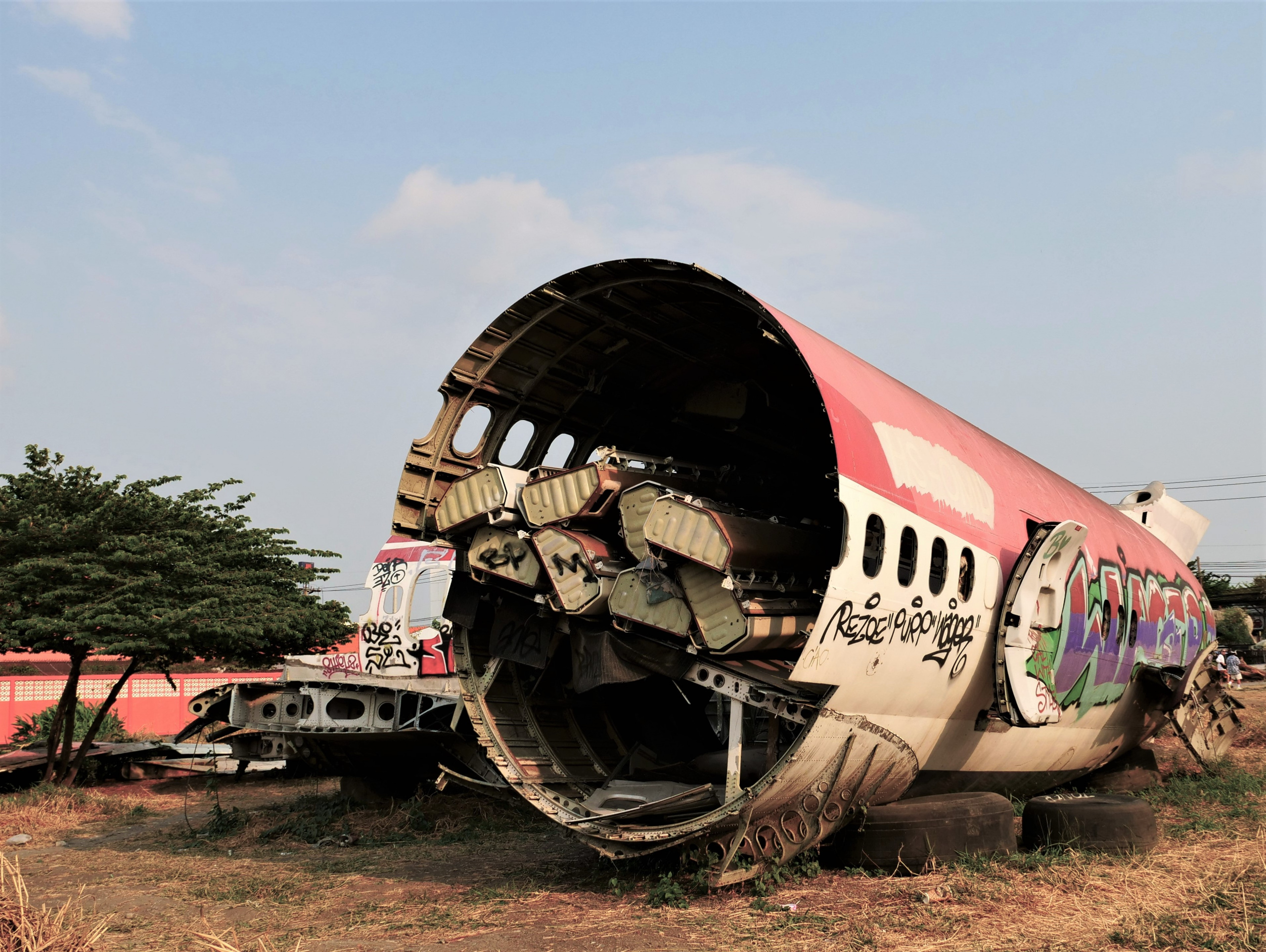
This airplane graveyard is a famous tourist spot in Bangkok. Credit – Stacey Tenenbaum
Talking to the caretaker of the junkyard, a woman who in fact lives in one of the old planes converted into a home, she mentioned that while she lived in a plane, she never would want to fly in one. Her experience of planes is completely different than most people’s, and she isn’t all that interested in switching places. All the caretaker knows of planes is their second life as both her home and a source of valuable materials.
“Just because something has lived one life doesn’t mean we couldn’t figure out creative and imaginative ways to allow those things to continue,” Stacey said, seeing how creatively people in Bangkok found uses for these old jets.
The downsides of recycling
Scrap features some of the most visually stunning images of junk I have ever seen. It shows the ingenuity of people who can make real value out of things others have discarded. But some other images are quite troubling.
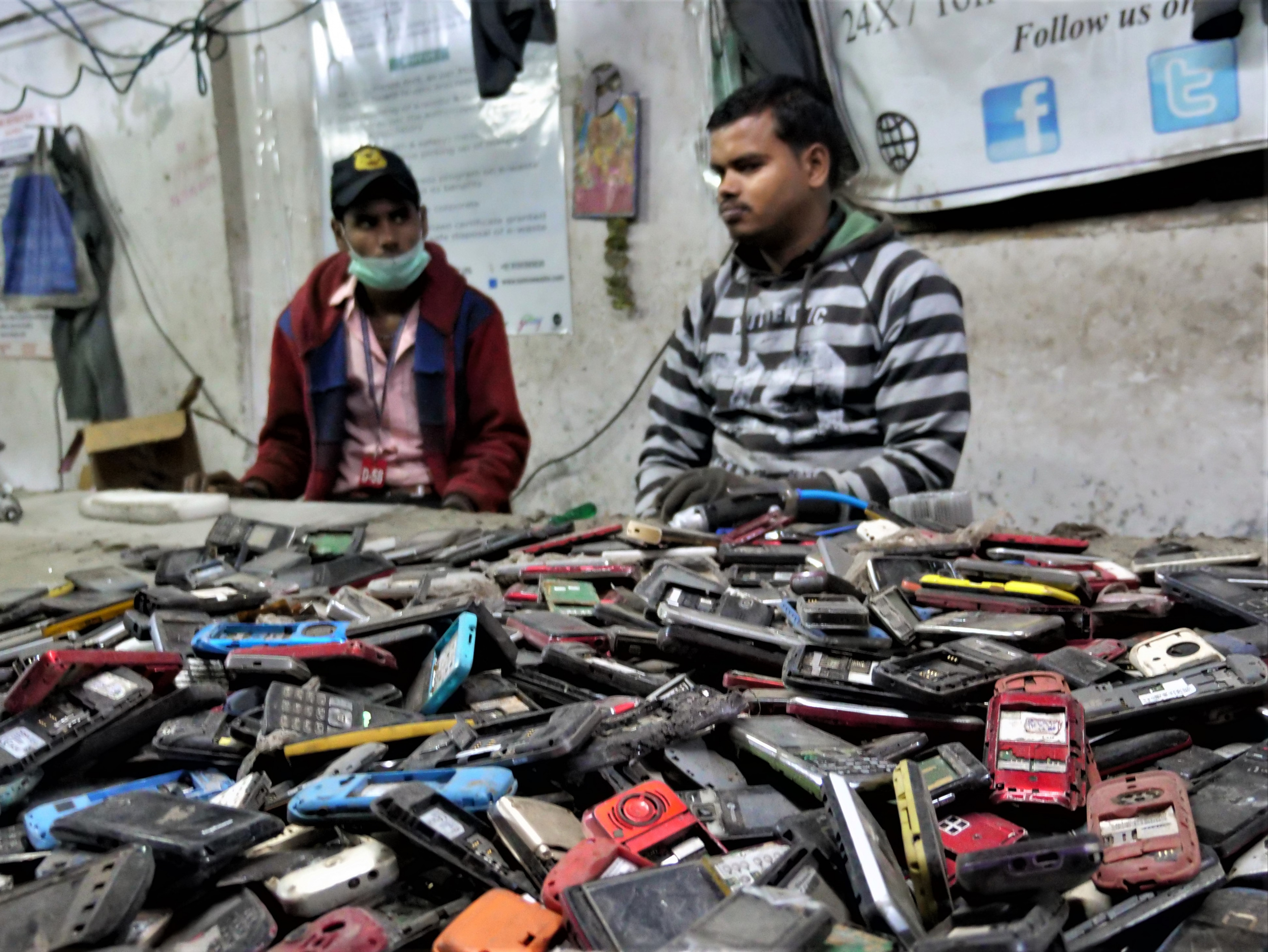
Cell phone recycling at Namo E-waste in Delhi. Credit – Stacey Tenenbaum
When asked about how making the film impacted her thoughts about consumption and stuff, Stacey said she now views recycling very differently. “Recycling should be the last resort, but it is the thing most people know about. We do it in our homes, and recycling seems to be a good thing. But, for me, recycling is giving up … That really struck home when I visited an e-waste recycling site in India.”
While she stressed that these recycling markets have many positive impacts, it was very clear that we need to be using and throwing out way fewer electronics. “Recycling should be the way of the past,” she said, saying we should buy high-quality items and fix them to make them last — so we recycle much smaller amounts.
“Artists help make it accessible”
The film is intended to be artistic, and not an issue advocacy film. Stacey’s goal was to show people where things end up, and that those things have value and can be really important to us. As she tried to communicate the value of things, she became drawn to artists who are making art out of waste.
It occurred to me while watching the stunningly beautiful film, without a single moment that feels heavy-handed, that artists can communicate the humanity or intensity of things in a different way than I do as an advocate.
“If you are getting all these facts and figures about how bad something is, sometimes it can discourage you,” said Stacey. Art can draw people in, she explained, because good art is accessible to all people and “it’s democratic.”
Scrap’s U.S. premiere will be DocLands Documentary Film Festival in California. At all the screenings Stacey is planning, she collects used phones to refurbish them for people who need them with Secure the Call and Phone it Forward. On June 5, Stacey will do combination film screenings and Repair Cafe events, some online and some in person. Find out more here.
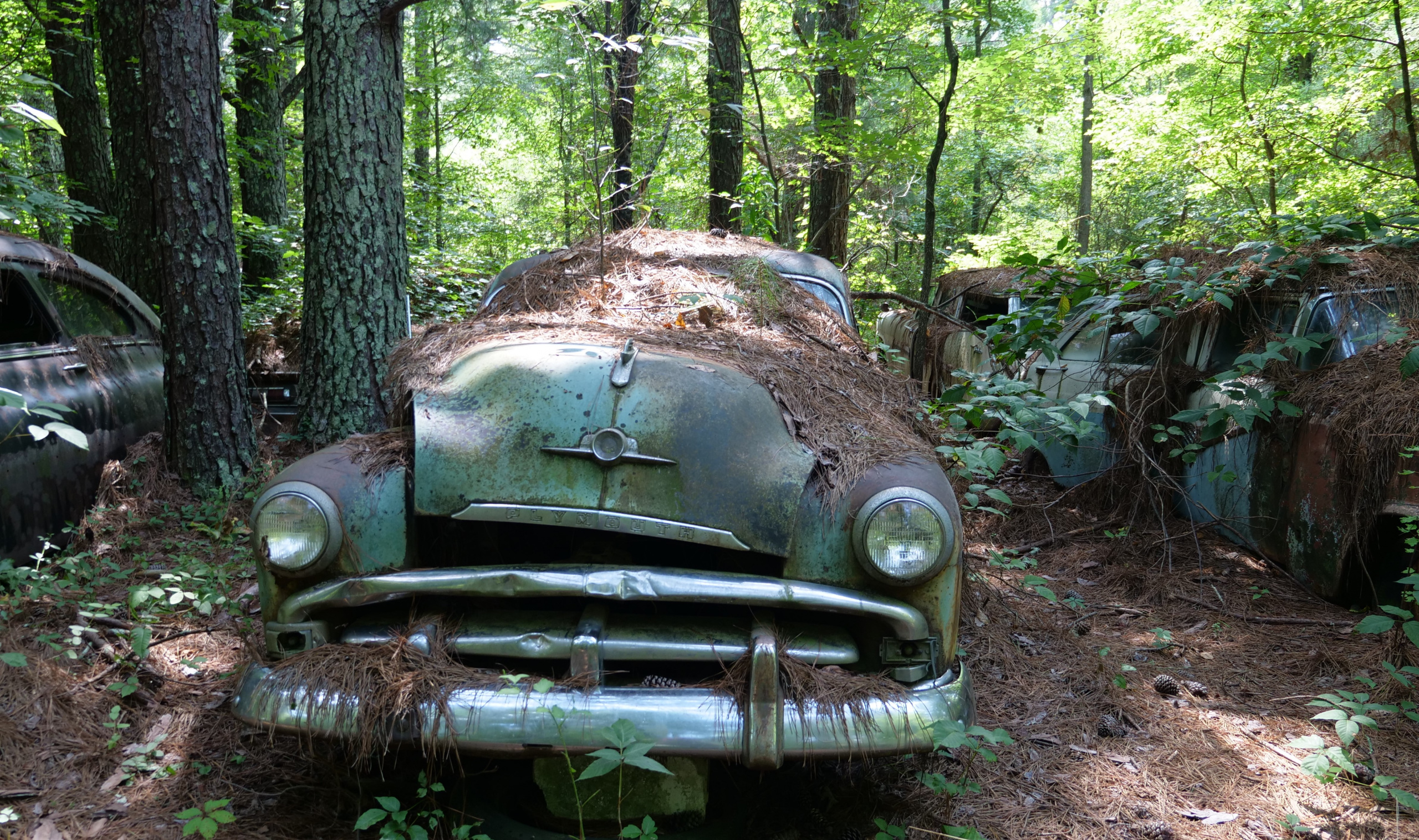
One of the more than 4500 vintage cars in Georgia’s Old Car City – Credit – Parker Lewis
Topics
Authors
Nathan Proctor
Senior Director, Campaign for the Right to Repair, PIRG
Nathan leads U.S. PIRG’s Right to Repair campaign, working to pass legislation that will prevent companies from blocking consumers’ ability to fix their own electronics. Nathan lives in Arlington, Massachusetts, with his wife and two children.
Find Out More
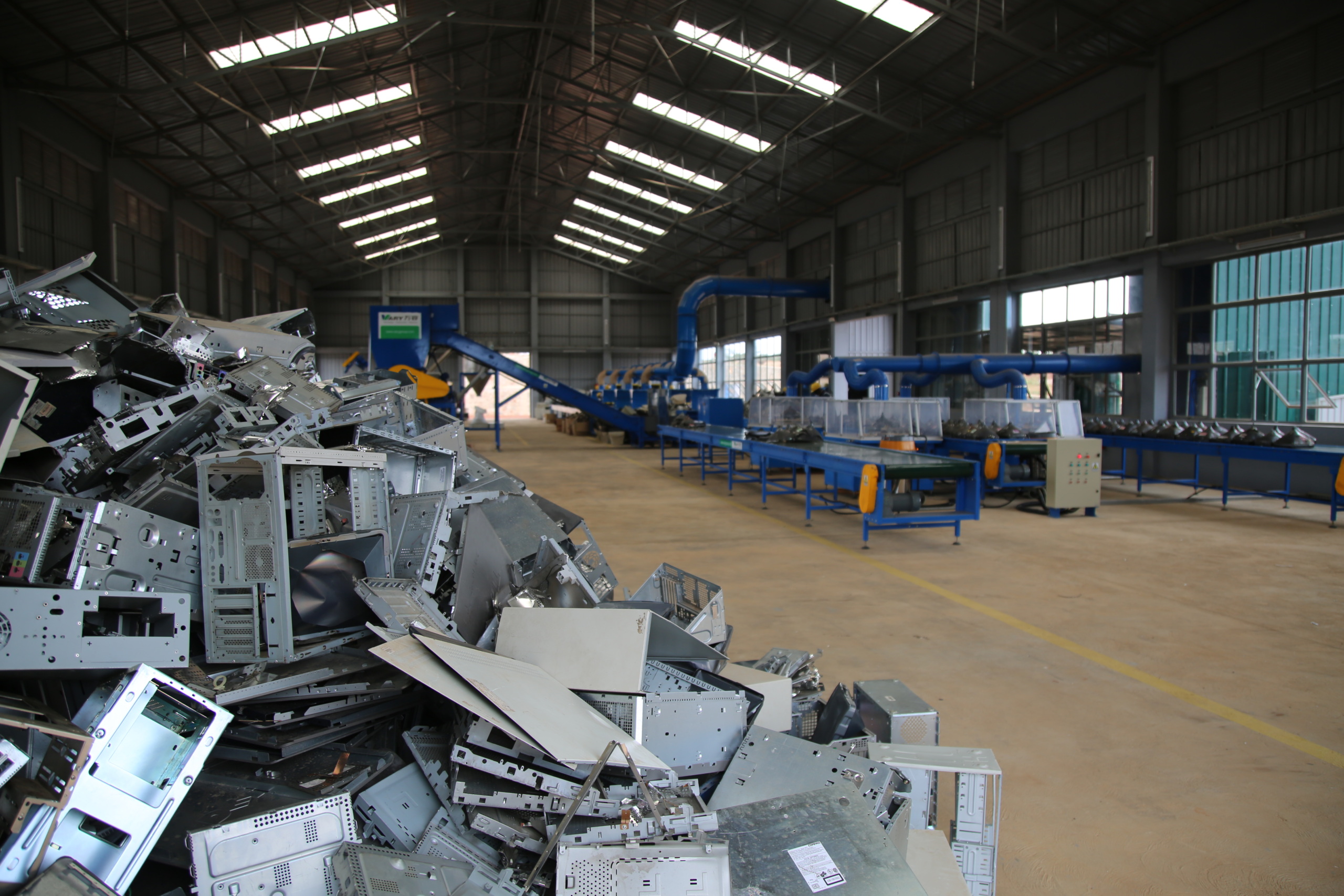
Why Microsoft extended Windows 10 support for schools for $1
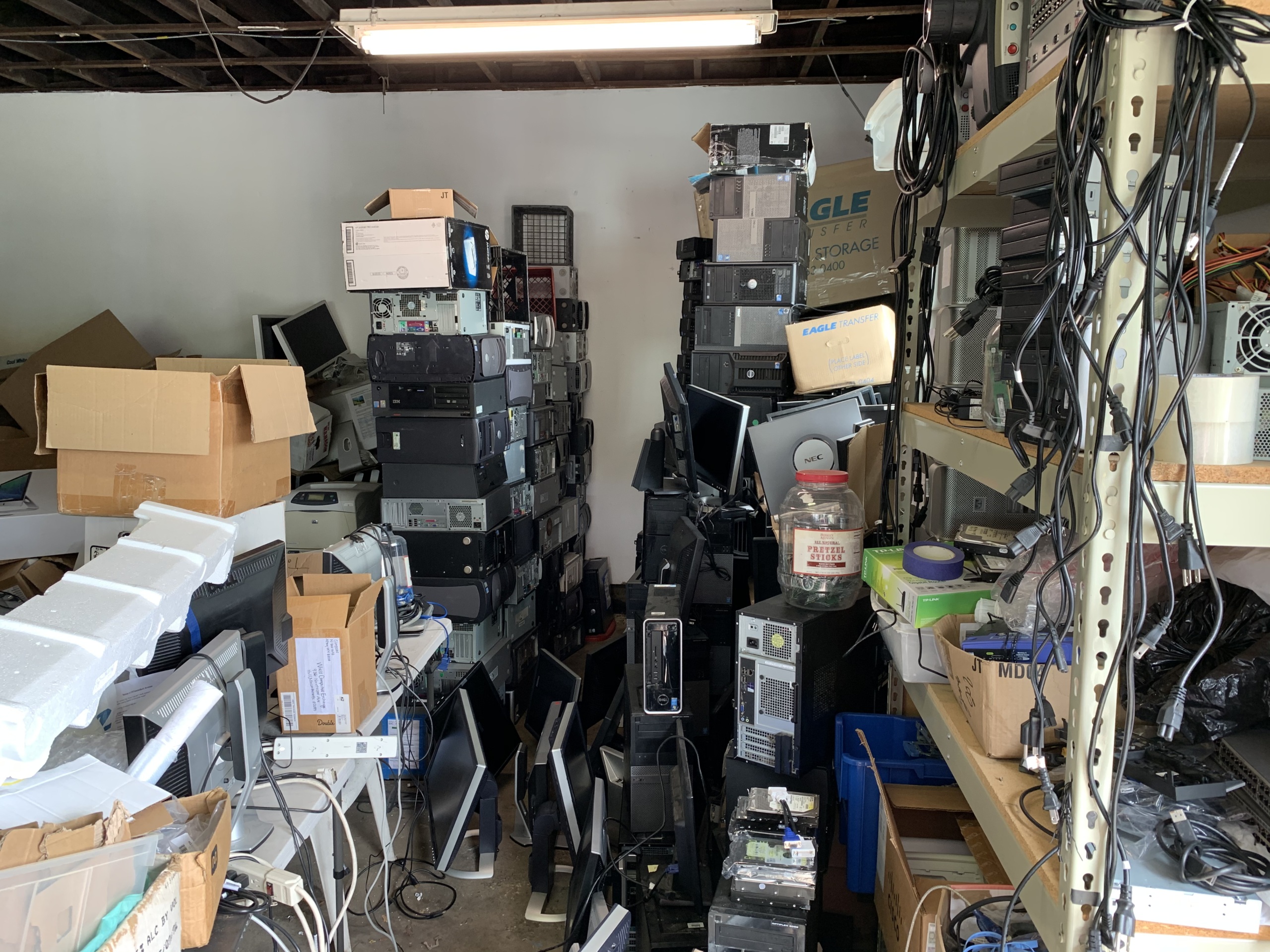
Why do we toss working devices?
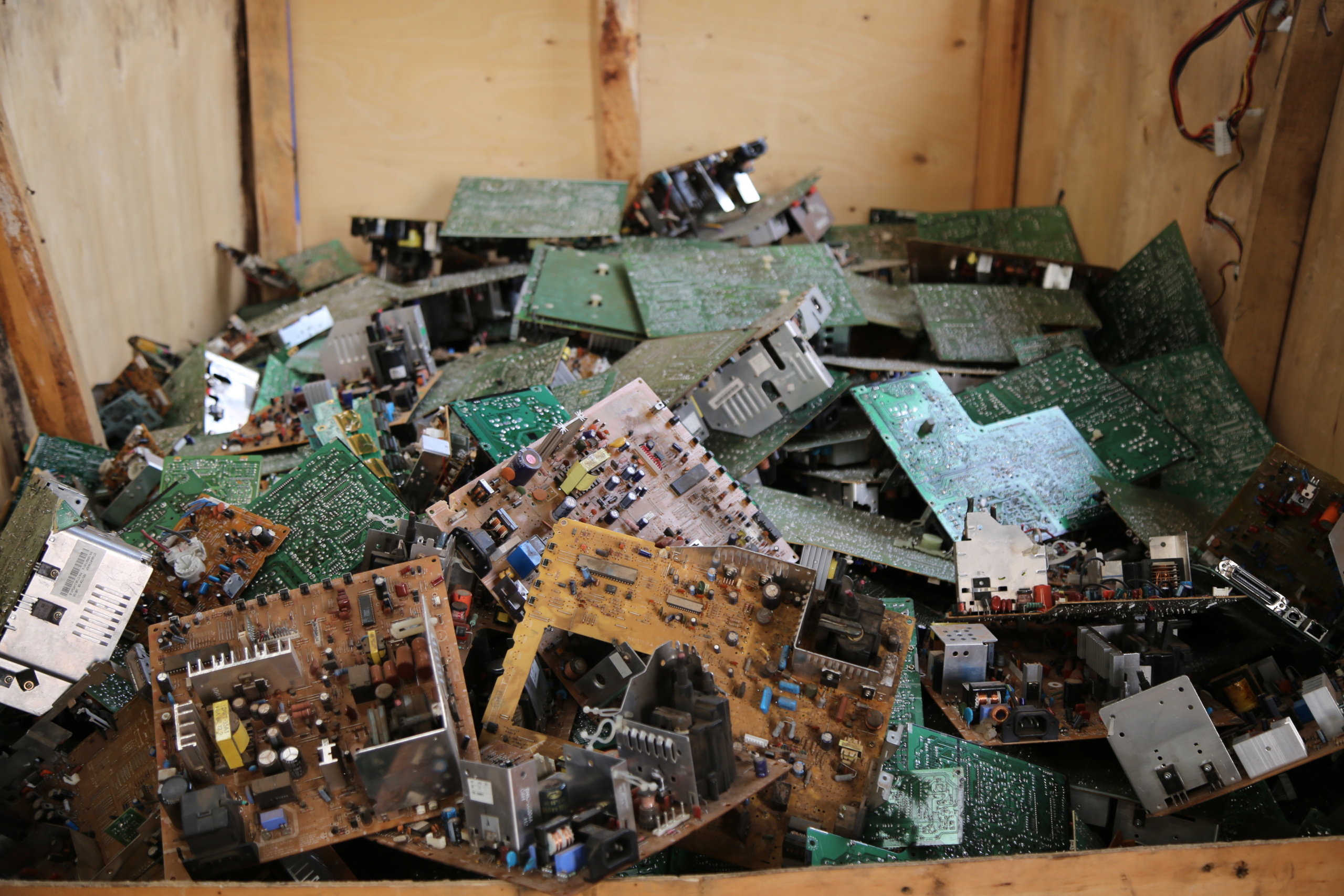
6 surprising facts from the UN’s 2024 electronic waste report


